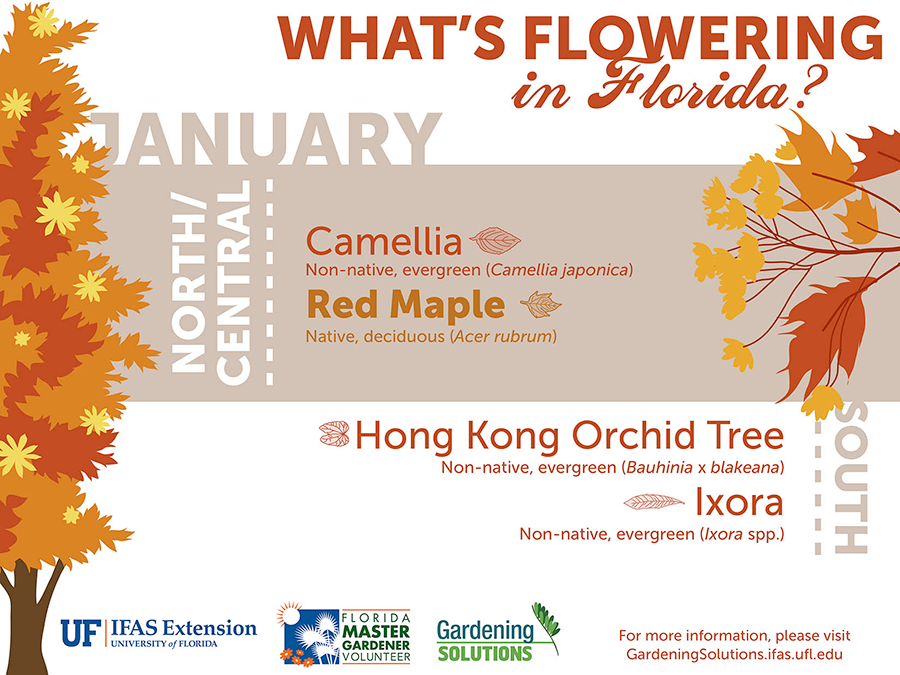Indicators That It Is Needed To Get Rid Of A Tree - A Manual For Homeowners
Indicators That It Is Needed To Get Rid Of A Tree - A Manual For Homeowners
Blog Article
Material Writer-Hermansen Crowder
Trees add elegance and worth to home, yet they can additionally pose a threat throughout extreme weather condition occasions. If a tree has quit growing, is exhibiting visible fungal development, or has a leaning trunk, it must be eliminated by a professional to avoid residential or commercial property damage and injury.
To get more information, go to a homeowner resource fair co-hosted by HPD, the Center for NYC Neighborhoods, and Brooklyn-based real estate partners this evening in Bedford-Stuyvesant. The event will feature the Homeowner Manual, a brand-new overview to aid property owners navigate the responsibilities of having a home.
1. Dead or Perishing Branches
Trees are an essential part of your home's landscape, offering shade and beauty. They additionally supply shelter for wildlife and generate oxygen, but even healthy and balanced trees can experience health issue that may demand their elimination. Dead or dying trees aren't simply unpleasant, they can be dangerous. Their branches might drop throughout a tornado, causing expensive residential property damages and injuries.
When a tree's branches start to pass away, it implies that its structure is beginning to break down. If most of its branches are dead, it is most likely time to remove it.
Look for an absence of new development, bark peeling, open injuries or dental caries, fungi growing on the trunk or roots and a general appearance of degeneration in the entire canopy. These signs of infection can suggest a severe problem that will certainly call for specialist tree services to resolve.
2. Leaning Trunk
While it's normal for trees to lean periodically as a result of phototropism, if a tree has a dangerous or severe lean that's not because of natural processes - maybe an indicator that the tree needs to be eliminated. If the tree is favoring a power line, home, lorry, play structure or any other area that could be hazardous to individuals if it drops, then getting in touch with a professional tree solution for removal ought to be a leading concern.
It's also important to look for any kind of sudden changes in a tree's leaning as it can show damage to the roots or trunk that might cause dropping. This is especially real throughout stormy weather, since high winds and rain-soaked soil can cause a lean to change swiftly. Normal monitoring, especially during and after storms can aid homeowners identify prospective troubles with their trees so they can call an arborist for a comprehensive analysis.
3. Learn Additional , such as wood-boring bugs like emerald ash borer or sap-suckers like scale insects, are so serious that they can cause a tree to pass away. The very best means to stop pest infestation is to monitor your trees regularly. Try to find places, openings, or discolorations in the leaves and bark. Examine https://stumpremovaltool60594.tkzblog.com/29227060/diy-vs-specialist-tree-elimination-making-the-right-option for cracks and indications of insect damages, such as passages or tracks.
If a tree comes to be as well ravaged with insects, or is close to a home or high-voltage line, an arborist may suggest elimination. If arborist classes leaning tree develops a new, unpredictable lean, an arborist will likely suggest removal also to make certain the safety of people and residential or commercial property. If a damaged or dead tree constantly sheds excessive branches, it is an indication that it is time to remove the tree. If a tree remains to lose branches for an extended time period, it might result in structural problems and possible property damages.
4. Damaged Trunk
Trees are an attractive and vital part of our landscape, yet they do require normal like maintain them healthy and balanced and secure. If hedges maintenance is damaged irreparable it is most likely time for it to come down.
Try to find indications of damage to the trunk, consisting of vertical fractures, joints, dead branch stubs, noticeable injuries or open cavities and serious tree-rot. The existence of fungis at the base of the trunk is an additional cautioning indicator. Fungi might suggest that the phloem and xylem (life-support tissues) are endangered, allowing for the spread of condition or a future failing.
Also, consider whether the tree has stopped expanding. Healthy and balanced trees will certainly have new growth every year, which may be visible as buds or branches growing and extending. If you don't see any kind of new development, it's an excellent concept to have an arborist assess the tree and follow their suggestion for removal. A dying or damaged tree can fall and cause property damages.